Do It Yourself
When A Bandage Won’t Cut It
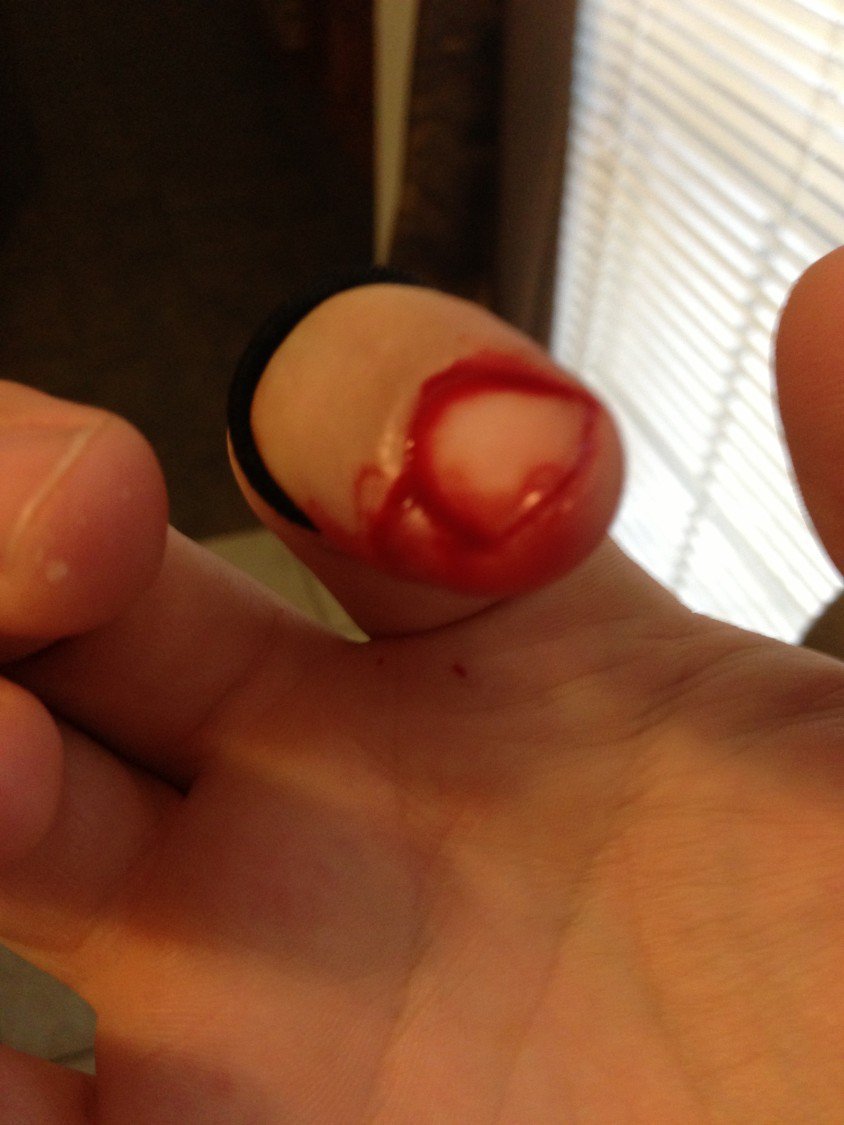
I do a lot of work with my hands, which means I have had my fair share of scrapes and cuts.
It doesn’t matter if you spend your day typing or rebuilding engines, even the smallest cut on a finger or knuckle can be a huge pain.
Most of you may remember a few months ago, I wrote a review on the Gerber Suspension Multi-tool, and I learned really quickly just how sharp the knife blade was on it.
It wasn’t until the blood had reached my elbow that I realized I had even cut myself.
I had actually flayed my fingertip to the bone and it was not pretty.
It took a good half hour before the bleeding stopped.
The next day I realized that a bandage just was not going to cut it.
There is no functional way to keep a bandage on a fingertip.
Thankfully, I keep a bottle of liquid bandage in my desk for just such an occasion.
If you have never used this stuff before let me warn you, It burns… terribly
But that 30 seconds of burning is well worth it when you add up the benefits.
Benefits of a liquid bandage:
• Protects cuts from dirt and other germs that the abrasion can otherwise be exposed to
• Seals the area which will prevent the skin from being “rubbed” open during daily activities
• Most liquid bandages include an antiseptic, so you do not have to worry about using other creams to prevent infections
• Some liquid bandages provide an added pain reliever to sooth a painful cut
• They are completely water-proof, meaning that you can actually wash your hands without having to replace a bandage. They are a much better option if you are planning to swim, or be around water in general
• Liquid bandages are perfect for areas that are hard to cover with traditional bandages because of the angles, or range of movement that is required for those areas
• They are breathable, so the seal will still allow the cut to heal
It took more than a week to fully heal but when it did, I barely had a scar left to show for it.
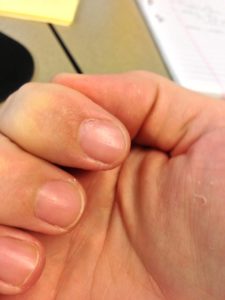
This stuff is cheap and a small bottle goes a long way, I can’t stress enough that you should keep this in any first aid kit.
How to Treat an Open Wound
Medical Preparedness: Treating a Wound
What to Include in a Home First Aid Kit
-

 Do It Yourself7 months ago
Do It Yourself7 months agoParacord Projects | 36 Cool Paracord Ideas For Your Paracord Survival Projects
-

 Do It Yourself9 months ago
Do It Yourself9 months agoHow To Make Paracord Survival Bracelets | DIY Survival Prepping
-

 Do It Yourself9 months ago
Do It Yourself9 months ago21 Home Remedies For Toothache Pain Relief
-

 Do It Yourself10 months ago
Do It Yourself10 months agoSurvival DIY: How To Melt Aluminum Cans For Casting
-

 Exports8 months ago
Exports8 months agoAre Switchblades Legal? Knife Laws By State

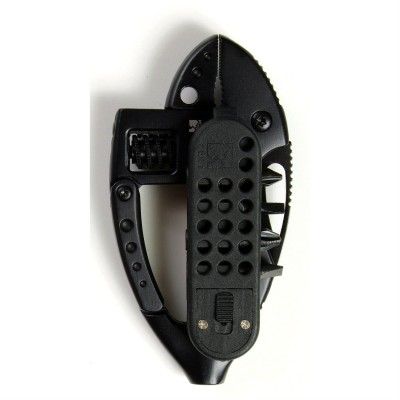
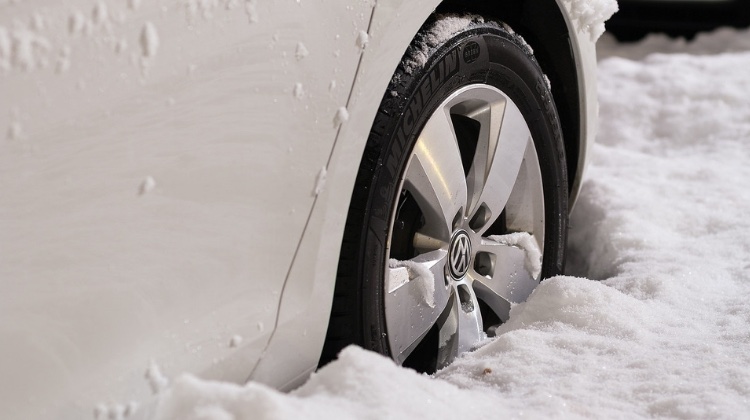
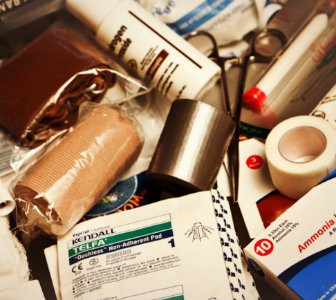
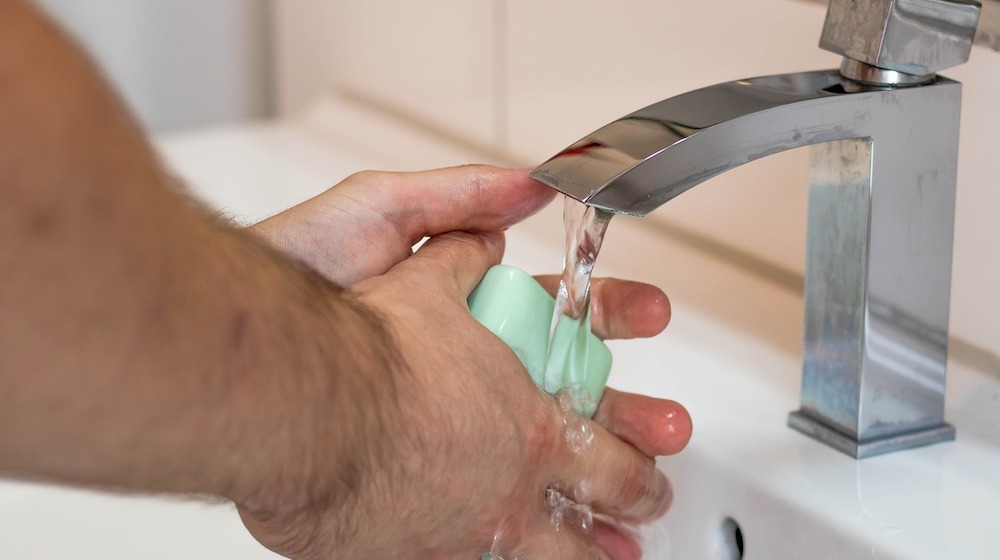
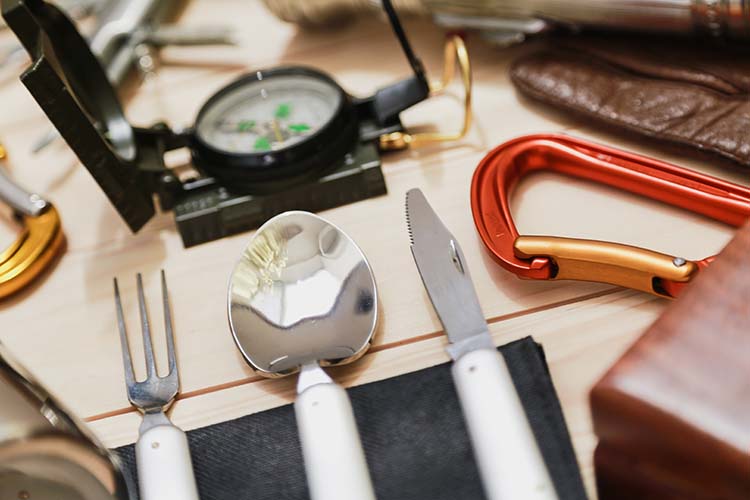
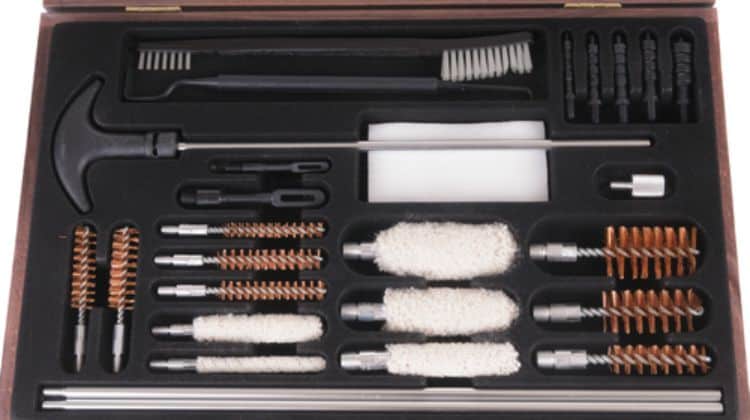

Bill Smith
January 14, 2013 at 8:34 AM
Thanks for the tip. Delighted your finger healed. If you had been cut with a rusty nail instead a clean blade then you would have been thinking about your last tetnus shot.
Everybody should keep theirs up to date.
In an emergency you are much more likely to get exposed to tetnus. If your bodies defences are down from stress or other factors it is doubly important.
gena
January 15, 2013 at 4:06 AM
I’m allergic to Tetanus toxoids and have to get a special vaccination which is hard to come by. Most doctors do not carry it and you practically have to get it at a hospital. I have had cuts or animal bites where the docs at first were wanted me to get a tetanus booster shot until I told them I was allergic to the tetanus toxoids and then they told me I could “probably” get by without it, and I have always, so far, been able to get by without them. Next year will be 10 years since the last hypoallergenic tetanus shot, so I guess I’ll be SOL since they will not give the hypoallergenic Tetanus shot propalactically (sp?) only in response to injury. I guess it must be too expensive or too hard to come by to use it except in response to actual need.
mike
January 23, 2013 at 2:12 AM
Next time you bleed even a shaving cut go get the shot lie if you have to.” I cut my self shaving with a razor that i found in my truck. I don’t know how long it’s Ben there.but i had a date and did not have time to go home.” I have had the same problem getting the regular tetanus shot and i was getting cut poked and bleeding two or three times a week.it’s a bunch of B.s. that they would not give me the shot even when i could show them a scab!!good luck and get the shot..just takes a scratch..
Linda
January 14, 2013 at 9:52 AM
Thank you Joe,
I love your posts, you have such good information. I am a quilter and we quilters use rotary cutting blades that are very sharp. Many fingers have been cut by them. So thanks for the tip.
tj mac
January 14, 2013 at 11:12 AM
Don’t forget “Crazy Glue”… when you get a nice cut from a blade, after cleaning you can close up the skin by pinching and applying crazy glue.
mike
January 23, 2013 at 2:21 AM
Yes works great. The brush on kind works best. Just work fast as the ammonia in the skin makes it stick to skin fast. And you can spray ammonia on crazy glue to make it set real fast on anything.
Eric
January 14, 2013 at 11:33 AM
Another option is to use long, never inflated, balloons for compression bandages for your finger(s). They are tight and flex where you need them to. They are also waterproof! I just roll it up as much as I can(this should be done BEFORE you need it) and put a little antiseptic in the balloon just before putting it on and then roll it down my finger. And added bonus it that the rubber gives great traction for handling things. Just remember to remove it before taking a nap or going to bed and put another one on when you get up. And if your finger(s) start to ‘tingle’ remove it for a few minutes (until the blood flow returns to normal). I’ve not had my fingers tingle but I state it in case you do. Oh and before I forget, Always roll it to at least the center knuckle (I cover all of my finger so I have a little to tug on should it start ‘walk-off’ my finger) and trim the excess balloon off. The ‘ring’ of balloon material can and will cut off, restrict, the blood flow. This might be helpful at first – but in the long run we know it will cause a lot of problems.
Joe
January 14, 2013 at 4:04 PM
WoW, great idea eric!
carolyn
January 14, 2013 at 7:43 PM
Fingercots work great too. These can be ordered at most pharmacies and come in small, medium, and large. I have often applied a band-aid followed by a finger cot.
Chuck
January 14, 2013 at 9:47 PM
There are bandages in the bandaid category that are designed just for fingers. They stay on better than regular oblong bandaids. There are also knuckle bandaids that work very nicely on fingers and toes.
For larger wounds, a Kotex pad is a great sponge. Invest in some Quick Clot for larger wounds.
Sgt Ken
January 15, 2013 at 12:03 AM
In the event of a serious wound on the arm or leg and have a blood pressure cuff, it can be inflated over the wound to stem the bleeding.
It would not hurt to cover the wound with a gauze pad or Kotex before using the cuff. I realize most people don’t have a BP cuff at home, but its just an FYI.
Flour or corn starch will also clot wounds but what Chuck said above, invest in some Quick Clot for home and your emergency kit/BOB in your vehicle. Eric’s comment about using a balloon for finger wounds is brilliant!
david
January 15, 2013 at 6:55 AM
One very good but over looked antiseptic out there is diesel fuel, no joke, diesel mechanics have known this for many a years. Gods honest truth it will not allow an infection to even begin plus it doesn’t hurt at all
Joe
January 15, 2013 at 8:10 AM
interesting, I had never heard of this. I will have to do a bit of research on it
Eric
January 15, 2013 at 11:33 AM
Another item that helps healing is WD-40. It’s mostly fish oil. It feeds the wound to promote quicker healing and I have done it. And as a side note it’s good on stiff or painful joints. I don’t how or why it works but it does.
Nonie
January 18, 2013 at 12:16 AM
Eric you are full of great ideas.
Where do you people get all these great ideas? I have never heard of most of this.
It is ingenuity and creative thinking such as this that has made this country so great.
Cheri Hins
January 23, 2013 at 8:27 PM
great ideas Eric, thank you. Had a cut all week that has been bugging me, that balloon idea would have worked great under my leather gloves I wear for work. Will get some on days off.
Valerie Pederson
February 12, 2013 at 3:34 PM
My mother used WD-40 to rub on arthritic joints. She swore by it and it worked great. It also did damage to her kidneys. Thank goodness it was reversible. Please do not use this tip as the outcome does not outweigh the benefit.
Johnny
January 29, 2013 at 7:18 AM
When I was a child [back in the mid 1940s] my grandmother used to tear old sheets, pillowcases, or T-shirts into strips, bound the wound area, tied it off, and them “wet” it with what she called “coal oil” that we used for lamp oil, which I later learned was actually KEROSENE,which I’ve been told is #1 fuel oil, which is also Diesel fuel.
I was amazed that it only “stung” for a moment or two, followed by NO MORE PAIN for the duration of the heaing process.
Joe
January 29, 2013 at 9:00 AM
Interesting, I’ve never heard of kerosene being used in this way.
My great grandmother told me once that when she was young, if you were bit by a snake they would soak the area in kerosene to draw the poison out. not sure how well that would work but it made for an interesting story.
Mariowen
January 17, 2013 at 5:58 AM
When my husband had a chunk of wood thrown into his forehead from a table saw, he was glued back together at the ER. When we asked what it was, the doc said that if we were to buy it at the store, we would look for super glue. Since then, we keep superglue around for those kinds of cuts. It is cheap and keeps the wound clean and protected. When the glue comes off naturally, it is ready to be off. Other than that, we use butterfly splints rather than sutures, which work fine unless it is on a place that gets lots of movement – such as a joint.
Johnny
January 29, 2013 at 7:30 AM
I read somewhere, years ago, that what we call “crazy” or “super glue,” was invented by an opthalmic surgeon to instantly seal eye incisions rather than, then conventional, stiches.
Frank
January 17, 2013 at 4:37 PM
Keep a jar of ground red (cayenne) pepper around and pour it into the wound to stop bleeding.
robin
January 22, 2013 at 7:06 PM
This just happened to me, and liquid bandage is the way to go especially if your skin is flapping and the antibiotic is a major plus. Good Article.
ron
January 24, 2013 at 7:59 PM
some really great idea’s, thanks.
Donna
January 26, 2013 at 11:55 AM
I used a liquid bandage on a cut once and it came apart. I cut my fingers every week, I use a piece of clean paper towel, antibiotic cream and masking tape. I got tired of buying bandages all the time….